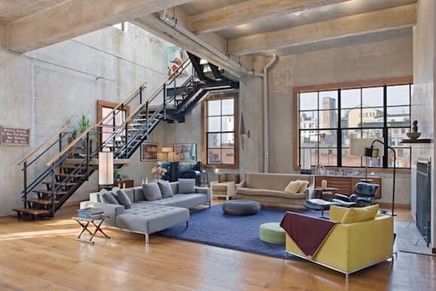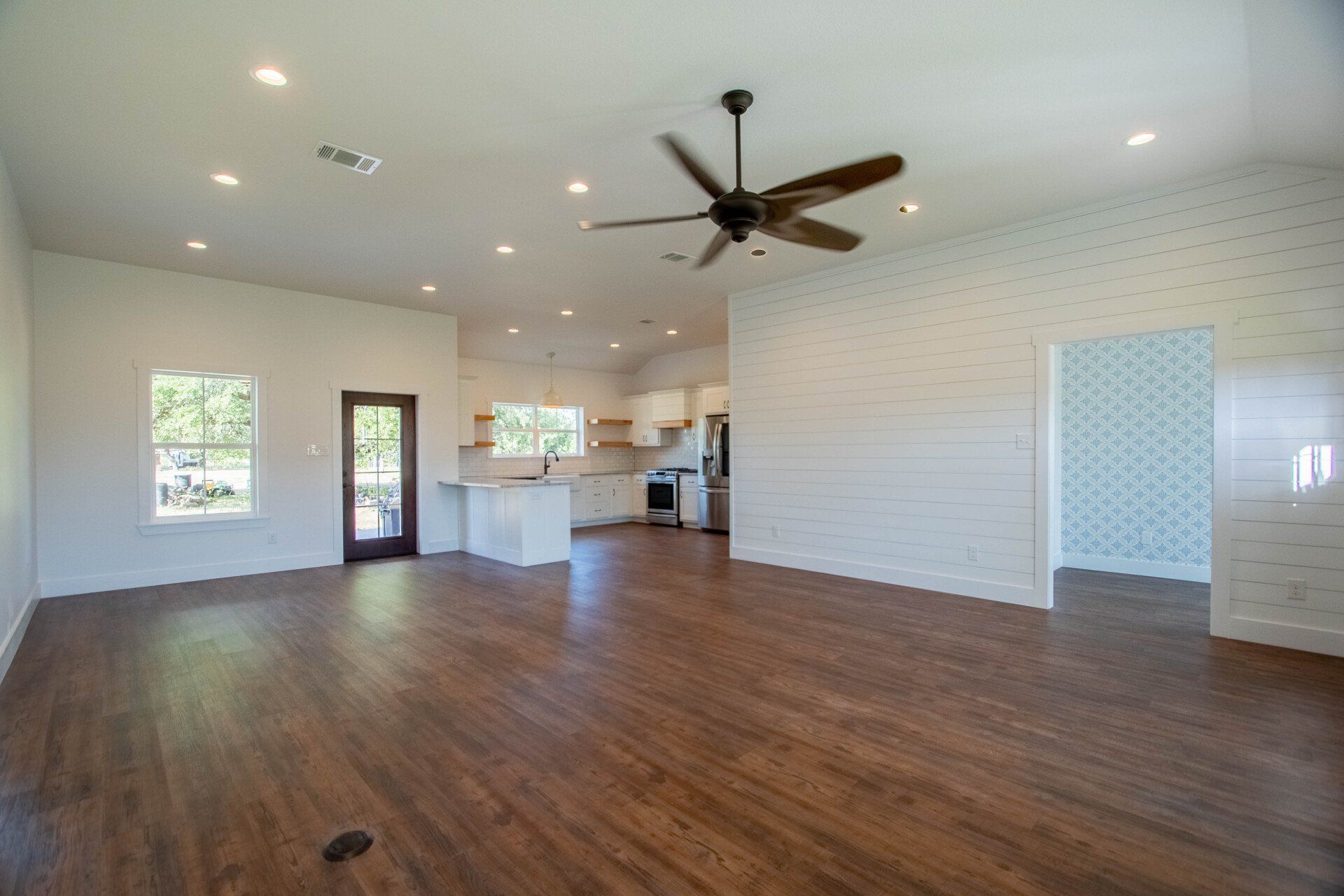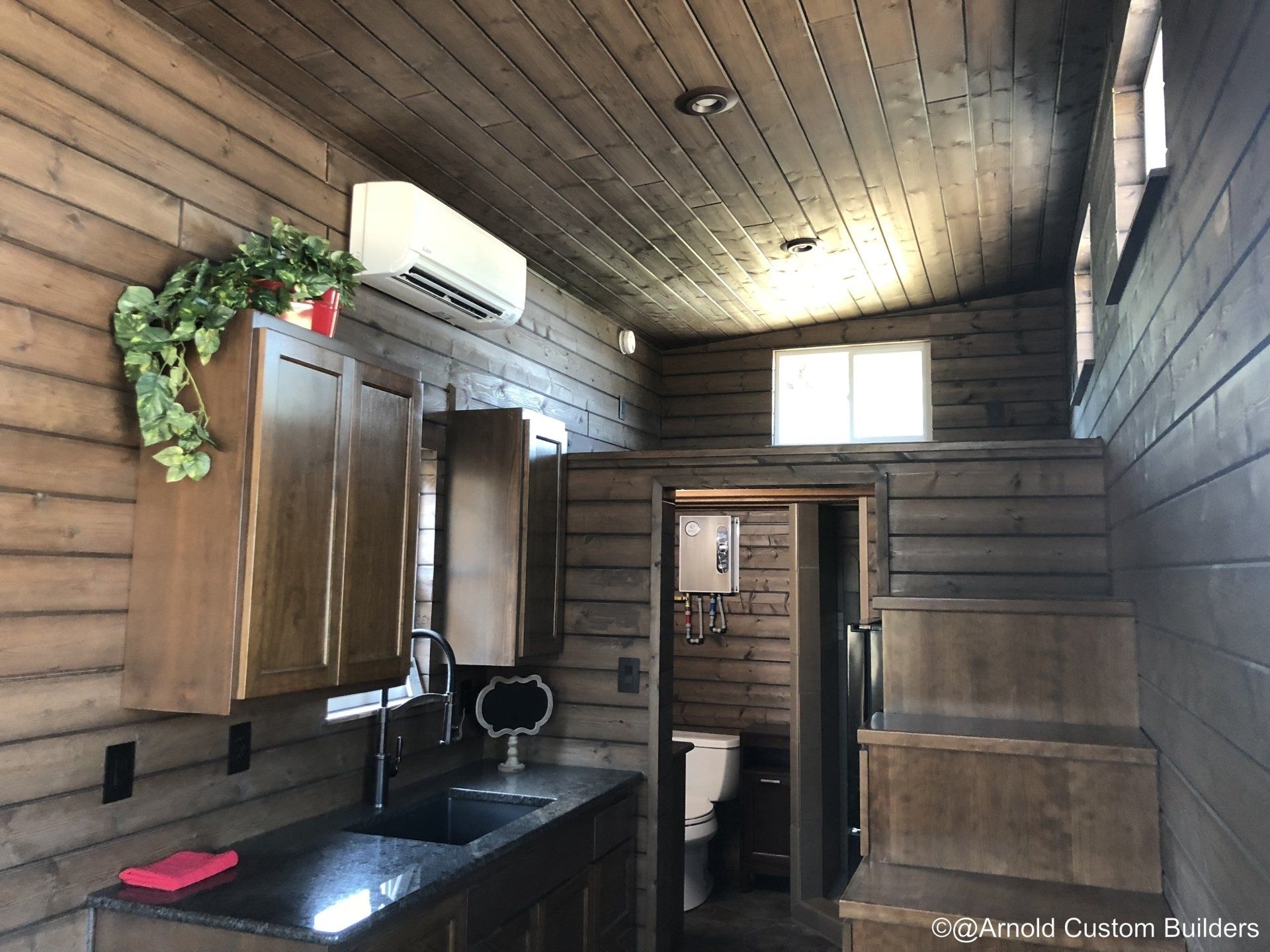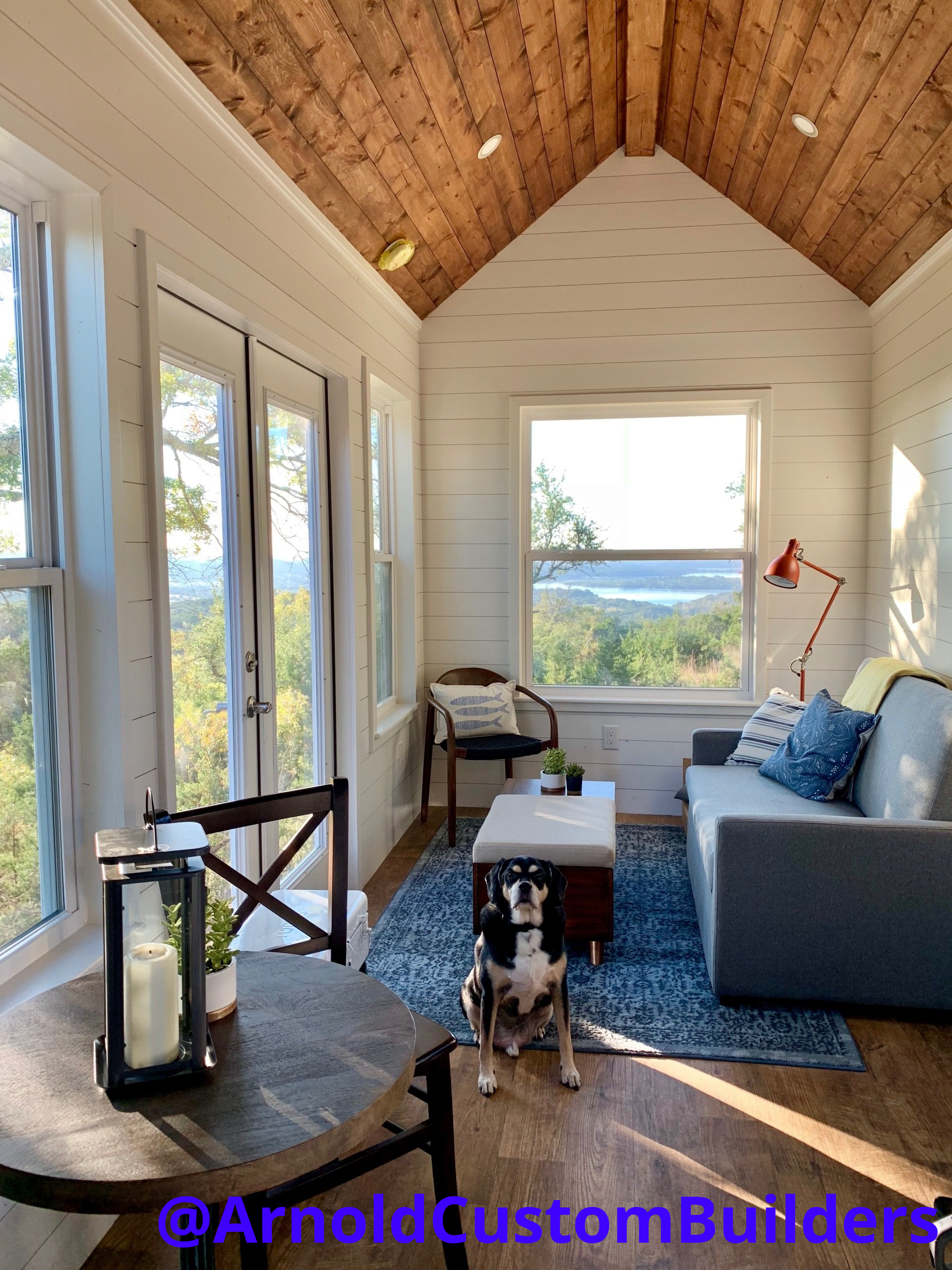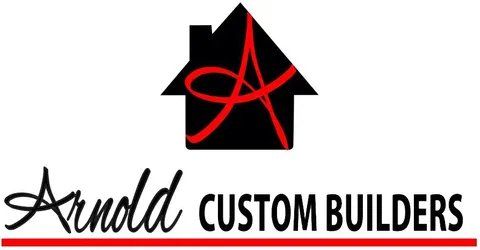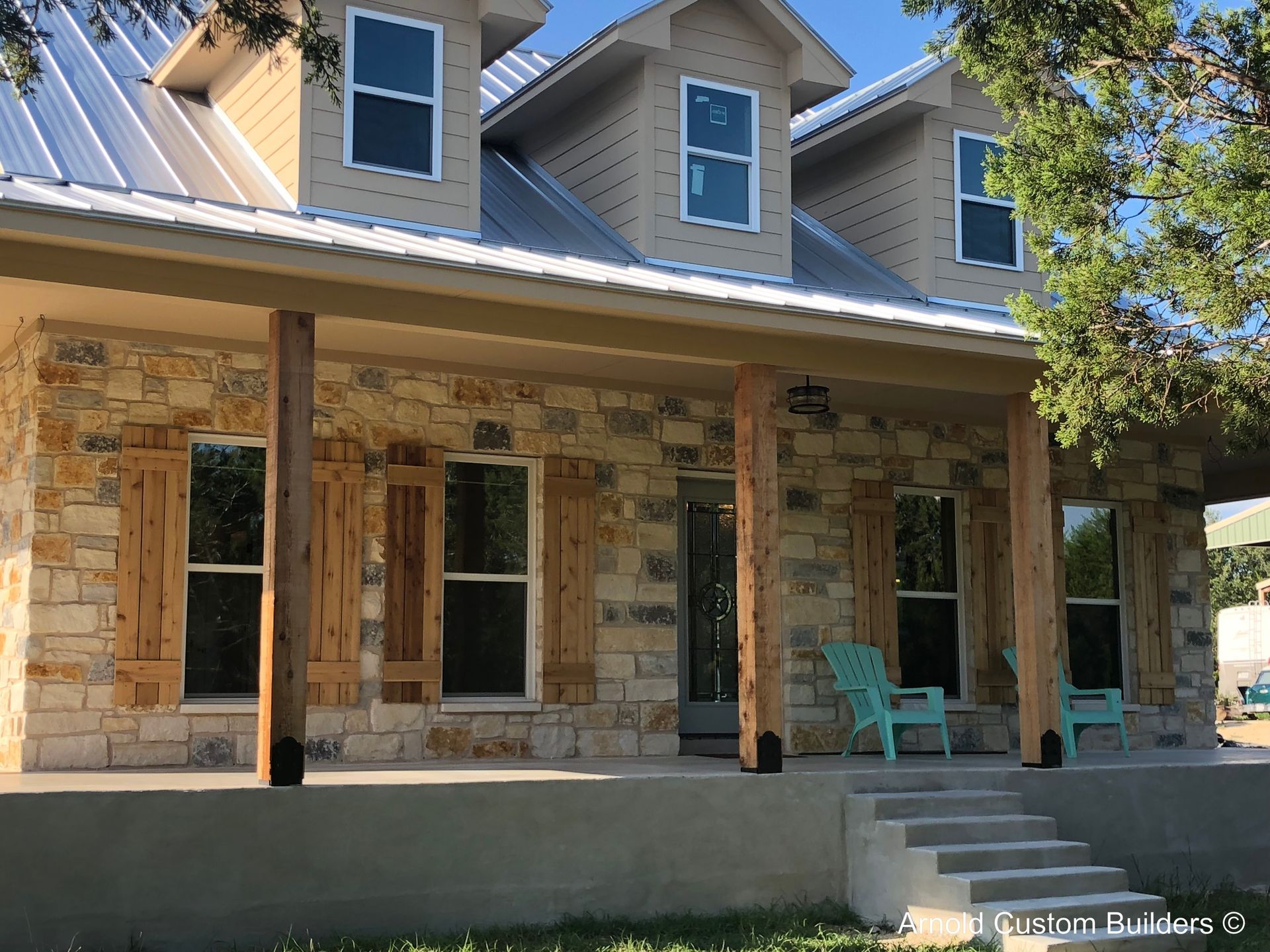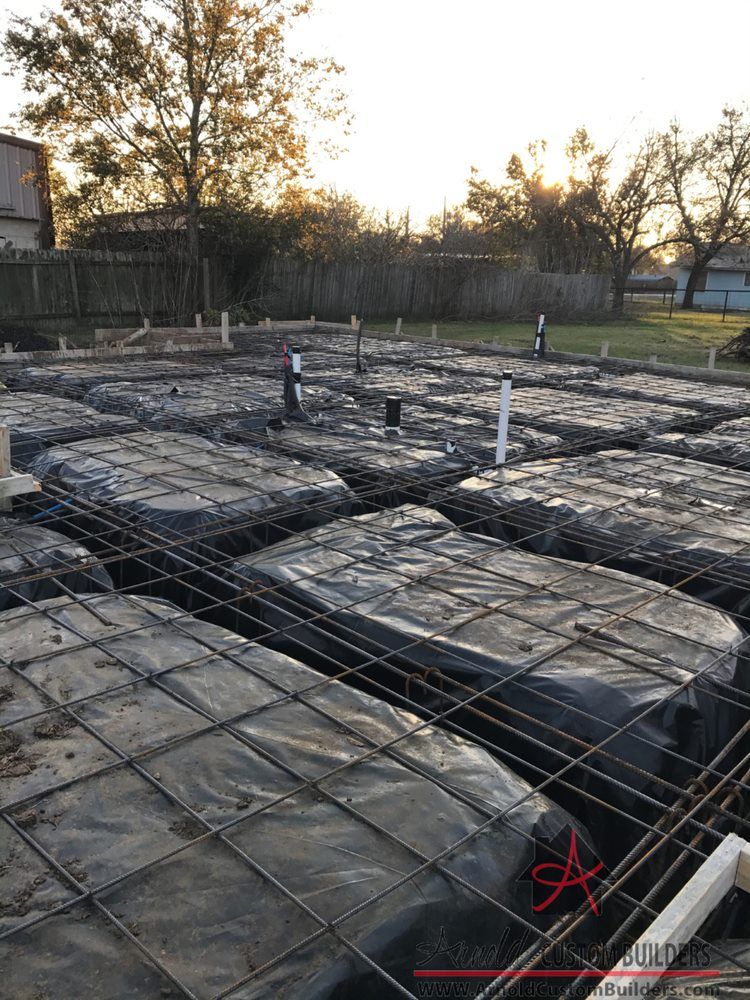By Arnold Custom Builders
•
April 24, 2019
While the tiny house movement catches the country off guard with its over 900% increase over the past decade, the idea of alternative housing continues to grow while industry standards struggle to catch up. This leaves holes in major parts of the building and homeownership process that are making tiny house dwelling difficult for many. The ability to safely inspect and certify your home during the building process, save digitized images and videos for future use, as well as properly insuring your tiny house are leaving folks in the wake of the movement with houses or plans, designs and dreams but nothing to do with them. Robin Butler, CEO of NOAH Certified weighed in on the business of proper inspections, meeting and exceeding business codes, and pleasing municipalities after his experience working in the tiny house business since 2015 and many years prior in residential home building and dealing with permitting, plans review, building inspectors, and building and zoning departments. Within the tiny house industry, there are three major players in inspections and certifications: RVIA, PWA, and NOAH. As with many entities, there are pros and cons to each company so let’s see how they measure up. RVIA RVIA has been involved in the recreational vehicle industry for many years. Their program is only available to manufacturers who have a facility and the resources already in place. They do not have a program for someone wishing to DIY their tiny home build, or for schools or educational use. The initial set up is pricey (over four times the cost of PWA or NOAH), however a large manufacturer producing a lot of units may turn out better in the long-run. A major difference with RVIA is that they do not personally inspect each individual tiny house. Once the manufacturer is approved; random inspections occur about every 90 days, and no more than four times in a year. A Quality Assurance Person, employed by the manufacturer, utilizes a checklist called a ‘Traveler’ to perform inspections. The RVIA inspector reviews this when he arrives, and inspects whatever is on the line. There is a disciplinary regimen if he finds issues with the manufacturer that varies depending on the seriousness of the deficiency. RVIA is adamant about informing the buyer that this is an RV certification only and only for temporary habitation. RVIA does not pursue the full-time dwelling necessary for tiny-housers. PWA/PWA-TH PWA and its subsidiary PWA-TH are two separate companies. Chuck Ballard, the president of both PWA and PWA-TH, has been instrumental in the writing and consultation of RV standards for many years. PWA has a program for manufacturers similar to RVIA where the manufacturer is certified to build multiple units; and the facility and whatever is being built there is inspected periodically. They do state they have a DIY program, but many report struggling to reach the company by phone for a consultation or questions during their build process. PWA does not have staff who visit the home to do inspections during or after the build process. The DIYer fills out a form and takes photos to determine qualification for certification. The DIYer is supposed to receive consultations by phone, but, as reported, DIYers cannot easily get these consultations fulfilled. PWA-TH defines a Tiny Home as an RV and ‘certifies’ the home to the RV standards. They go on to say a “Certification Label is a statement from the manufacturer or oversight authority that the product is manufactured to the applicable codes and standards.” Furthermore, “This certification label can be sourced from any of several Certified Agencies such as PWA, or an Industry Association.” What makes a Certified Agency? Under Legal Guidelines, PWA states: PWA’s website indicates they are a Certified Agency because their “evaluation and certification staff meet the requirements of ASTM E-541.” However, as of January 2019, ASTM E-541 no longer exists (see diagram below). ASTM E-541 was Withdrawn with No Replacement. PWA is also not a Trade Association. Foremost Insurance does not offer access to their insurance for a tiny house certified by PWA or PWA-TH, although there are other insurance possibilities. For smaller builders, PWA’s cost is roughly in line with NOAH, and about one fourth the cost of RVIA. NOAH In 2015, NOAH first investigated the standards and certification of tiny homes on wheels only to find that RVIA was the only resource available. PWA had not yet entered the tiny house industry. Many tiny houses on wheels were being built without any oversight, inspection, or certification. NOAH was born out of this need and as a solution to the void in the tiny house industry. The NOAH Standard includes the standards from the RV Industry NFPA 1192, ANSI 119.5 and NFPA 70 (NEC) and adding energy and structural standards from the home building industry. Once standards were developed, NOAH needed a way to inspect in a factory in California and a backyard in New Jersey. Their process evolved so that the builder (whether manufacturer or DIYer) downloads an app on their smart device and the inspector directs every step of the inspection from the other end. NOAH uses only InterNACHI Professional Certified Inspectors and inspects each THOW (Tiny House on Wheels) individually. Inspections are performed as the home is being built. These inspections are digitized and stored. Additionally, according to Mr Butler, “our free consultation is easy to set up, as are questions to be answered. Our goal is superior customer service and our phones are answered by real people and not automated systems.” It is up to each local jurisdiction to determine how long you can live in your tiny home on wheels. Because NOAH digitizes and stores the inspection of the build and adds structural and energy to the NOAH Standard, NOAH Inspected, and Certified tiny homes are more likely to be accepted to be lived in full time as a residence as well as to obtain proper insurance. Because each tiny house is inspected at critical stages of the build and because NOAH digitizes and stores these inspections for use by the city and county building departments, their units have a better chance of being “grandfathered in” once the municipalities figure out this growing tiny house movement. In one case, a homeowner had an issue with mold on the inside of her home. When she approached the building and zoning departments about putting a THOW in her yard as an ADU (Accessory Dwelling Unit), she was first met with resistance. The tiny house in question was a NOAH Inspected and Certified THOW. NOAH gave the building department the digitized inspection of the home and the Chief Building, Chief Electrical and Chief Mechanical inspectors reviewed the NOAH photos and videos, with inspector notes of the build. They could see the rough electrical and the insulation, etc. They then performed an onsite inspection of the home. Based on their findings they allowed the home as an ADU with a few minor changes and an engineered foundation and utility hookup. RVIA nor PWA could not have provided such records of the home. Additionally, NOAH is the most affordable of the three inspection companies. Another municipality is allowing a tiny to be built in Colorado and brought into their county in North Carolina base on NOAH inspection process and NOAH as the third-party inspector of the home as it is constructed. For further inquiries, tiny home manufacturers and DIY builders are encouraged to contact each of these inspection and certification companies themselves, ask questions, and check out their websites. Below you will find a comprehensive graph of basic accommodations offered or not offered by each company.
